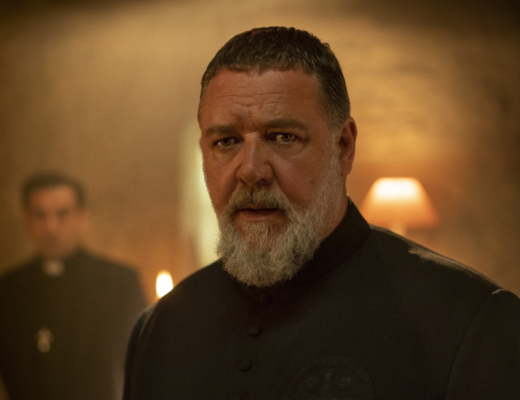In September 1970, multimedia artist Michael Snow took a helicopter 160 kilometers north of Sept-Îles (“Seven Islands”), Quebec with his wife and fellow filmmaker Joyce Wieland, engineer Pierre Abbeloos (whom he’d commissioned to design and assemble a “Camera Activating Machine”), and sound technician Bernard Goussard to make La Région Centrale (1971), a film which minimized direct human involvement with the camera. Abbeloos’ CAM was a massive, metal freestanding robotic arm balanced by a pair of counterweights, which allowed for the pre-programming of camera movements, aperture changes, and even zooms. It allowed the camera a cyclopean range of movement from smooth surveillance to a celerity which at points renders the landscape as abstract painterly brushstrokes.
Jean-Luc Godard called the film “pure cinema,” and for Chantal Akerman, it revealed, “that you could make a film without telling a story.” As is the case with much of Snow’s work, the onscreen “drama” is driven entirely by the camera’s movements. In this particular case, our cinéye audits a lush and rocky landscape free of human influence, save the occasional glimpse of the CAM’s shadow. The electronic tones on the soundtrack suggest a machine monitoring its surroundings. As velocity increases, the frequency of the soundtrack’s occurrences follow, only to then come down at different speeds, proving their disentanglement. What we hear are the sounds that control the CAM, recorded out of sync and added after the fact — adding another layer of estrangement to the proceedings.
There are seventeen different shots that make up the film’s three-hour runtime, each one composing its own narrative arc, fragments excised from a total of sixty hours of recorded material. The camera tilts, pans, rotates, and spins, capturing a breadth of landscape beyond what is possible for painting, still photography, or arguably even contemporary Virtual Reality technology. In one shot, the aperture is closed down steadily, until the mountain sides are so dark as to suggest we have somehow plunged into night. When the camera tilts back down to the ground, it is completely black save for the reflected highlights of certain rocks. The skies are generally populated by scattered clouds, but when the sun is visible, an enticing line of lens flares dance around the star as it passes through our field of view. One is hard-pressed to find other landscape films so all-encompassing of their surroundings, which strike such a rich balance between steady observation and flurried redistribution. As the film goes on, it becomes harder to discern who (or what) is in control — can the pre-programmed movements still be considered the result of direct human action? Or wilder still, has the landscape itself managed to hypnotize the device? The result is a monumental achievement that renders our familiar physical world as an untethered alien object teeming with untamable power; inseparable from the device which makes it all possible. La Région Centrale is a marriage of nature and technology, a capricious enigma.
Part of Kicking the Canon – The Film Canon.







